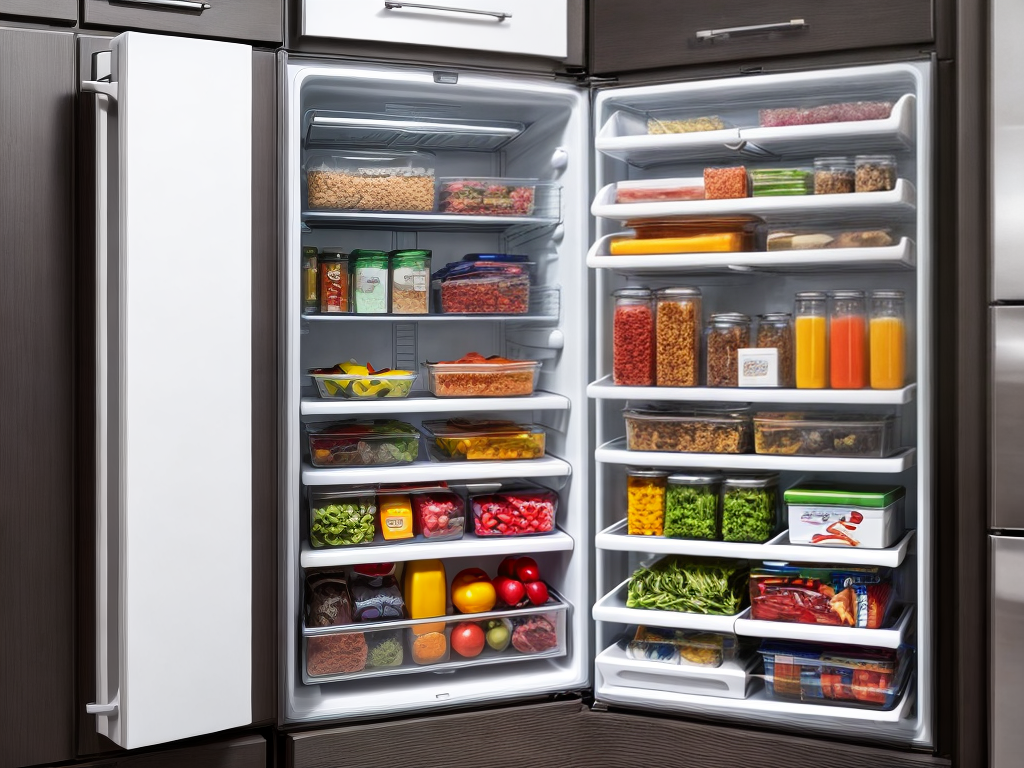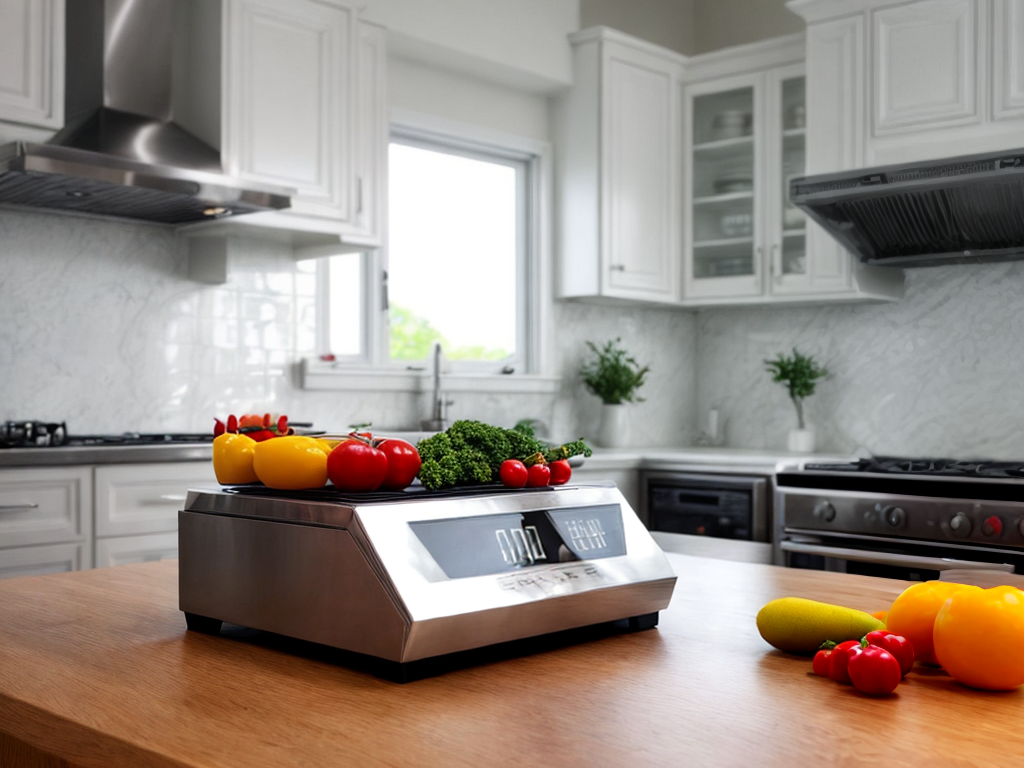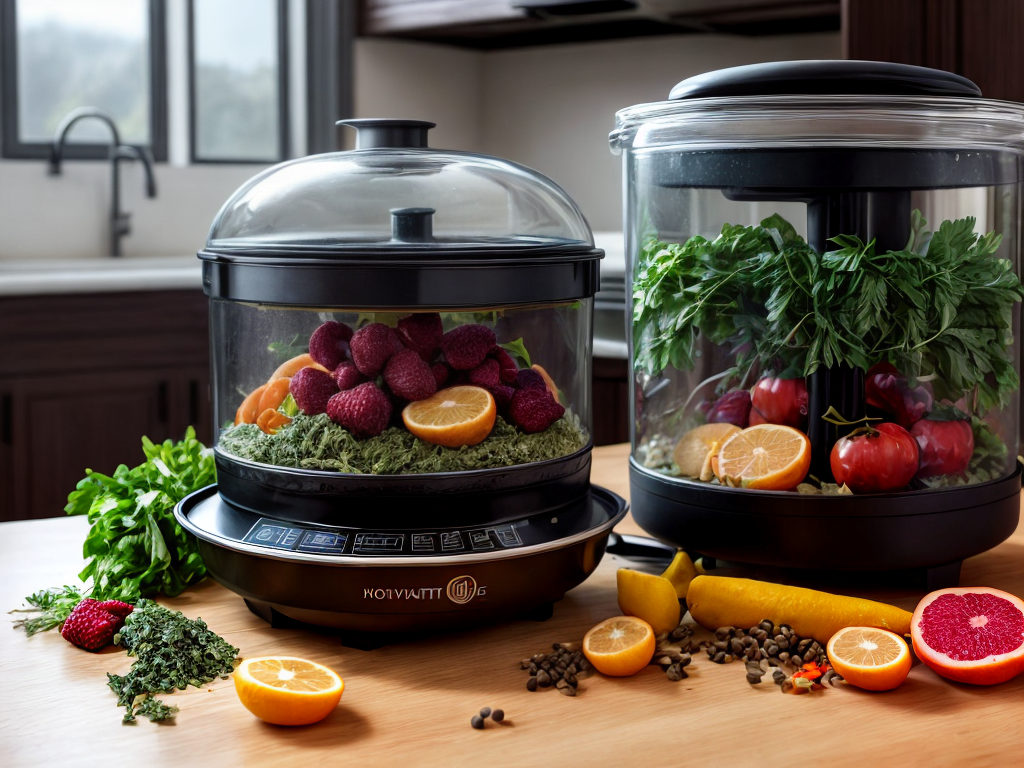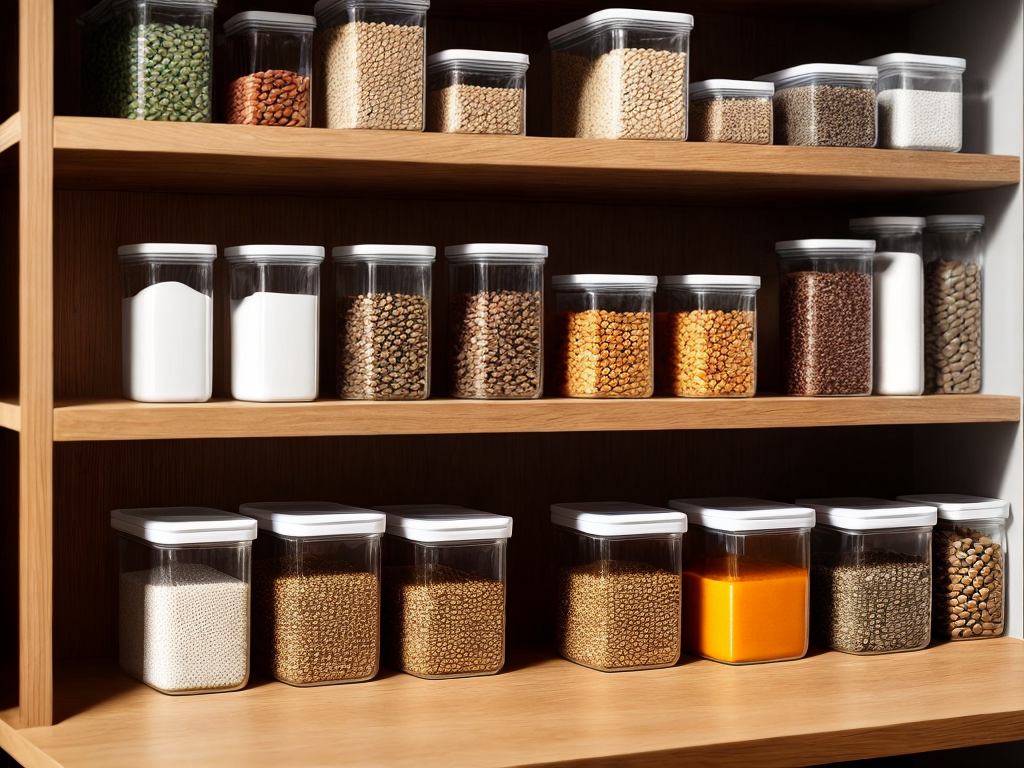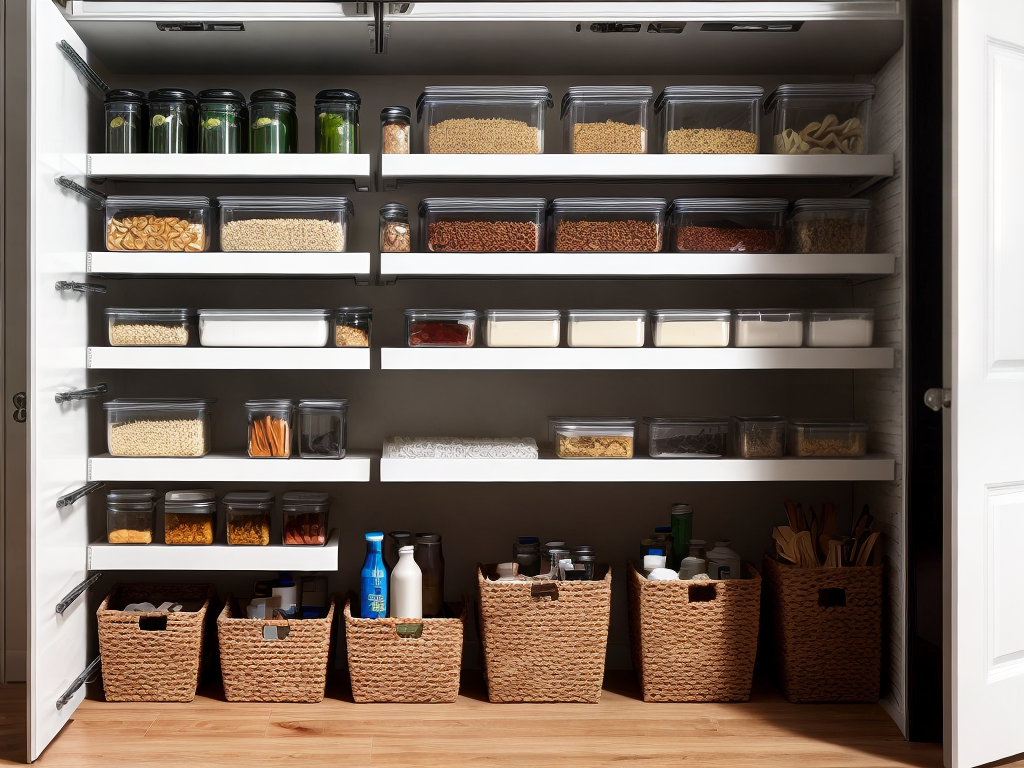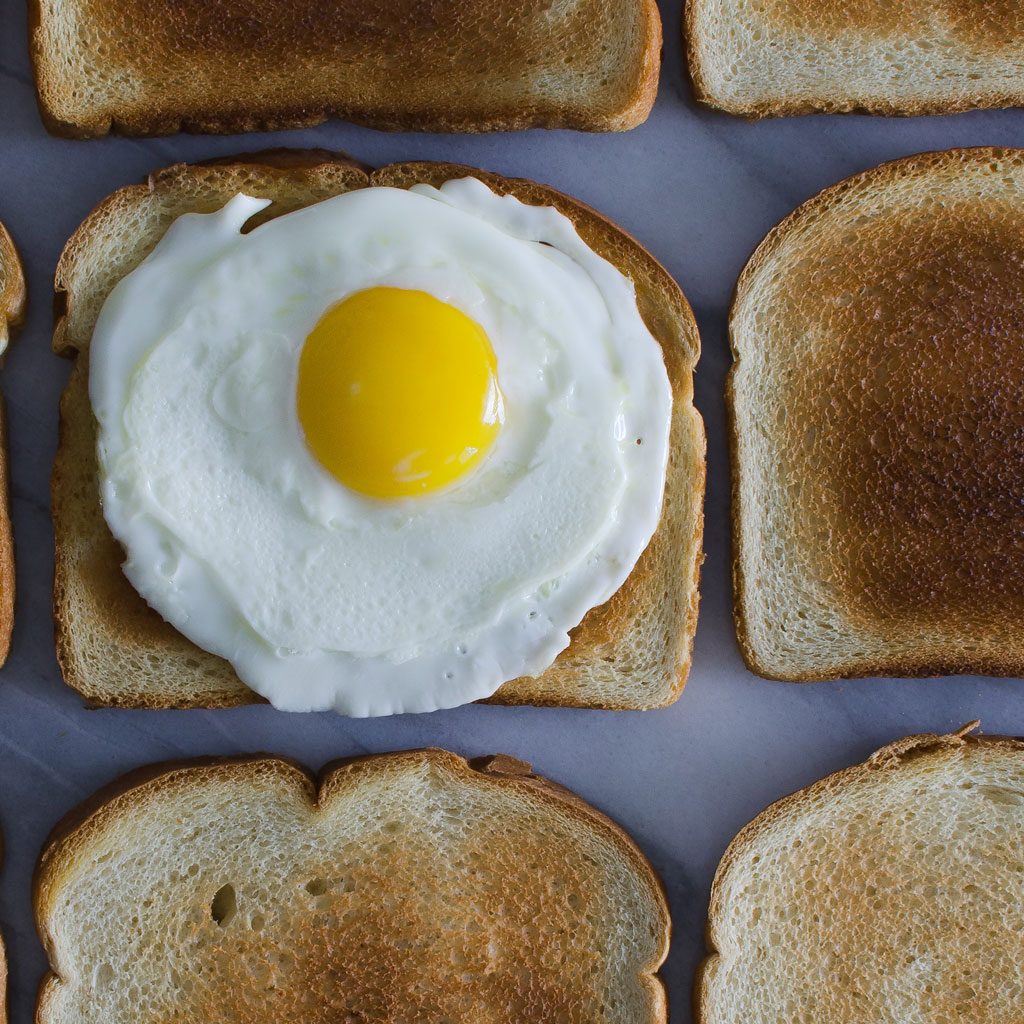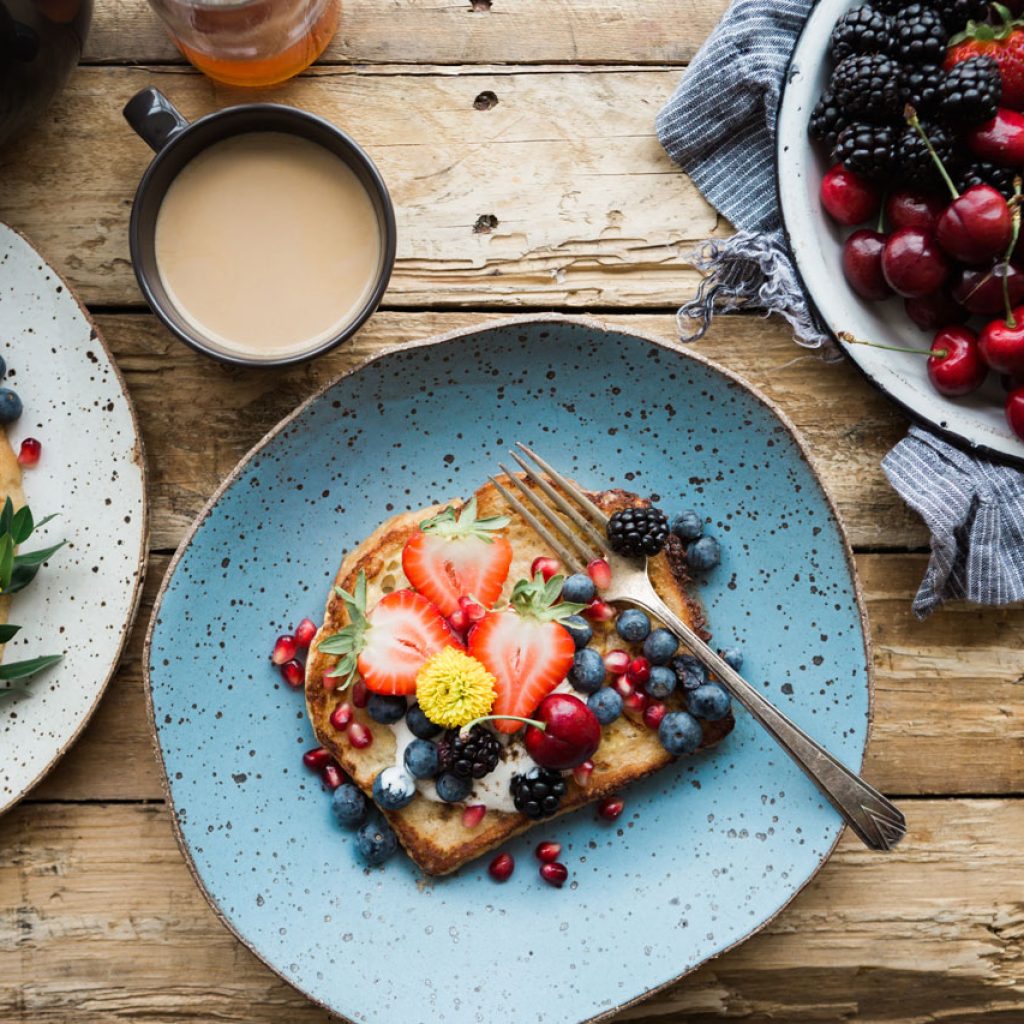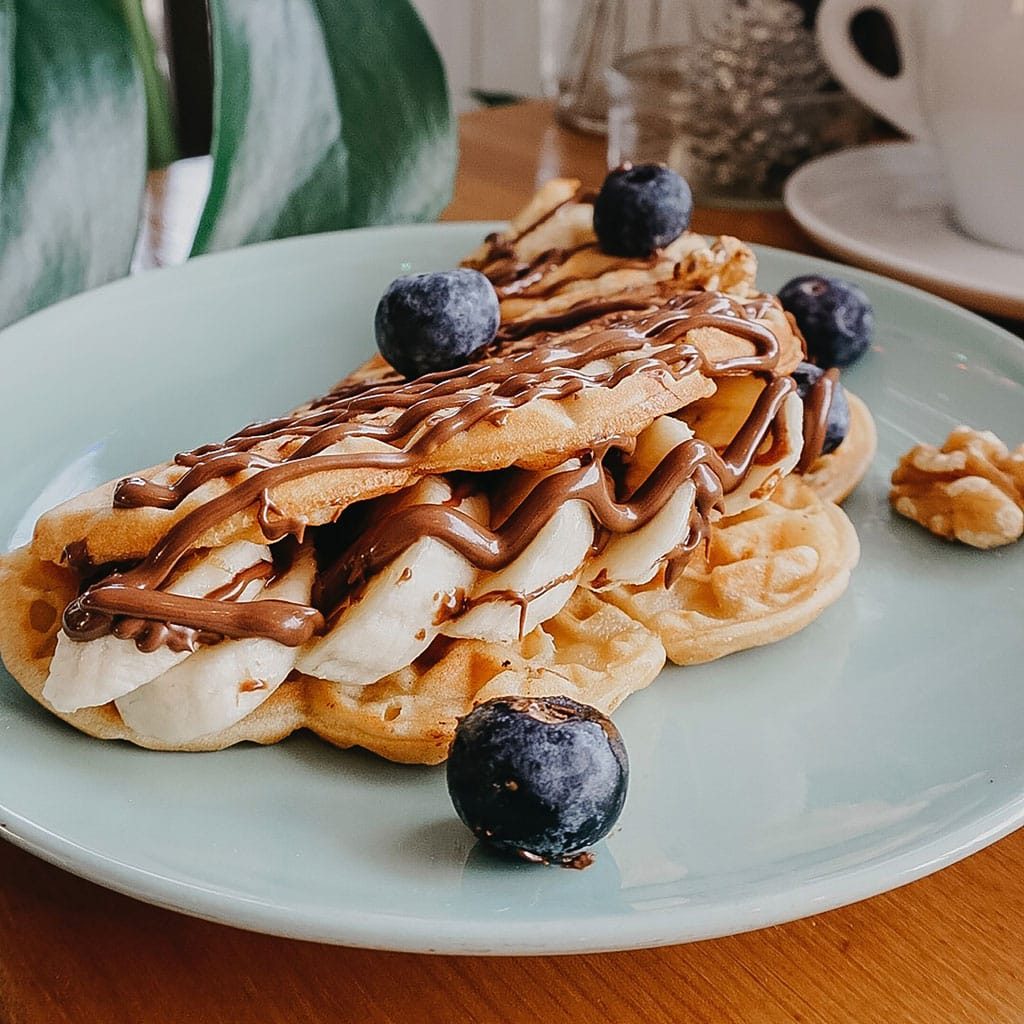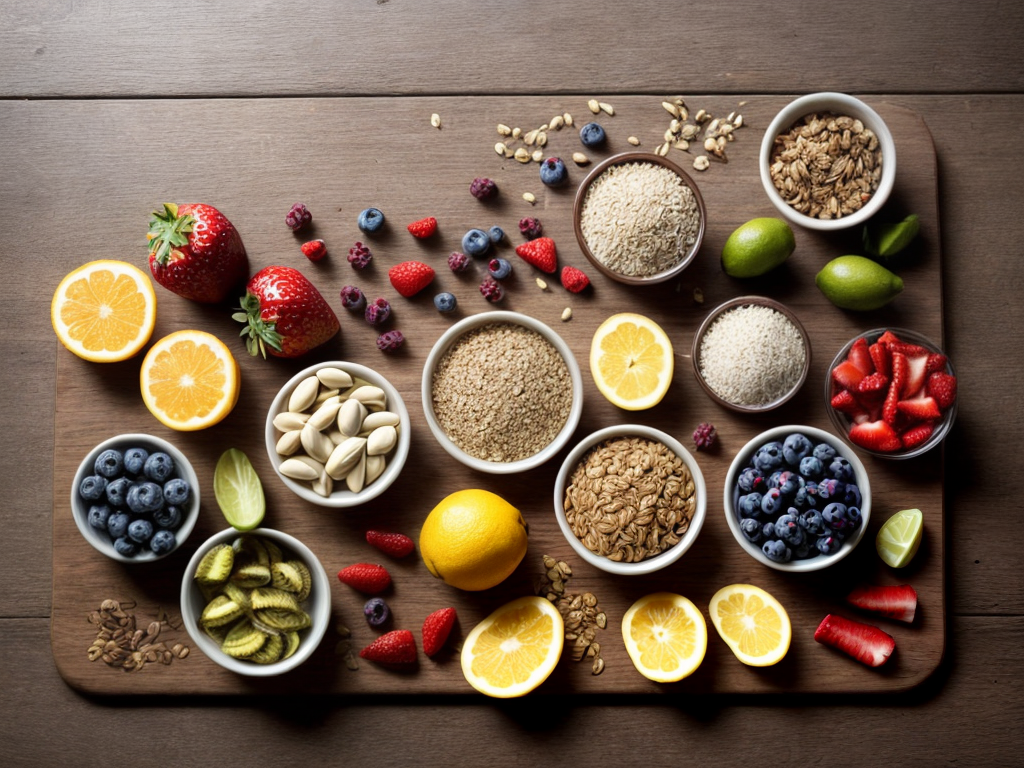
As I reached into the pantry to grab a snack, I couldn’t help but notice the sorry state of my once fresh and delicious treats. It got me thinking about the importance of storing healthy snacks properly to maintain their longevity and nutritional value. With so many options available, it can be overwhelming to know which snacks are best for you and how to store them effectively. In this discussion, I will explore the benefits of healthy snacks, the types of nutritious options available, factors that affect snack longevity, and provide tips on proper storage techniques to extend the shelf life of your snacks. So let’s dive in and discover how to keep our snacks fresh and nutritious for longer!
Benefits of Healthy Snacks
Eating healthy snacks offers numerous benefits for maintaining overall well-being. Incorporating nutritious snacks into your diet can have a positive impact on your health in various ways. Firstly, healthy snacks provide essential nutrients that support your body’s functions and promote optimal health. These snacks are often packed with vitamins, minerals, and fiber, which are crucial for maintaining a strong immune system, enhancing digestion, and preventing chronic diseases.
Additionally, opting for healthy snacks can help manage weight and control cravings. Nutrient-dense snacks such as fruits, vegetables, and whole grains can keep you feeling satisfied for longer periods, reducing the likelihood of overeating or reaching for unhealthy options. By choosing healthier alternatives, you can also improve your energy levels, mental clarity, and focus throughout the day.
Furthermore, incorporating easy recipes into your snacking routine allows for versatility and creativity in your diet. You can experiment with different combinations of fruits, vegetables, nuts, and seeds to create delicious and nutritious snacks. Whether it’s a homemade trail mix, a yogurt parfait, or a vegetable wrap, these easy recipes provide a convenient and enjoyable way to nourish your body.
Types of Nutritious Snacks
Incorporating a variety of nutritious snacks into your diet can provide a wide range of health benefits. Here are three types of snacks that are not only delicious but also good for you:
-
Creative snack recipes: Get creative in the kitchen by trying out new snack recipes. For example, you can make homemade energy balls using nuts, dates, and seeds or whip up a batch of kale chips seasoned with spices. These creative snacks are not only nutritious but also satisfying and easy to make.
-
Snacks for different dietary needs: It’s important to consider your dietary needs when choosing snacks. If you follow a gluten-free diet, opt for snacks like rice cakes with almond butter or vegetable sticks with hummus. For those following a vegan diet, roasted chickpeas or fruit smoothies with plant-based protein powder are great options. By tailoring your snacks to your dietary needs, you can ensure you’re getting the nutrients you need.
-
Nutrient-dense options: Choose snacks that are packed with nutrients to keep you energized throughout the day. Some examples include Greek yogurt with berries and nuts, a handful of almonds or walnuts, or a small piece of dark chocolate. These nutrient-dense snacks provide a good balance of protein, healthy fats, and antioxidants.
Incorporating these types of nutritious snacks into your diet can help you maintain a healthy lifestyle while satisfying your taste buds.
Factors Affecting Snack Longevity
One factor that greatly affects the longevity of snacks is proper storage. Understanding the shelf life factors and preserving freshness are crucial in maintaining the quality and edibility of snacks. There are several key factors that can impact the shelf life of snacks. Firstly, exposure to air and moisture can accelerate the spoilage process. Oxygen and water can promote the growth of bacteria and mold, leading to the degradation of snacks. Secondly, temperature plays a significant role in snack longevity. High temperatures can cause fats to go rancid and accelerate spoilage, while freezing temperatures can affect the texture and taste of snacks. Additionally, light can also affect the quality of snacks, as exposure to ultraviolet rays can cause nutrient degradation and discoloration. To preserve the freshness of snacks, it is important to store them in airtight containers to prevent air and moisture from entering. Keeping snacks in a cool, dry, and dark place can minimize the impact of temperature and light. By taking these factors into consideration, snacks can be stored properly to extend their shelf life and maintain their quality.
Proper Storage Techniques
To ensure the longevity of snacks, it is essential to employ proper storage techniques. By using the right storage containers and organizing your pantry effectively, you can keep your healthy snacks fresh and delicious for longer periods of time. Here are three key tips to help you master the art of snack storage:
-
Choose the right storage containers: Opt for airtight containers made of glass or BPA-free plastic. These containers will help keep your snacks fresh by preventing moisture and air from seeping in. Additionally, clear containers allow you to easily see what snacks you have available, making it easier to plan your meals and snacks.
-
Use proper pantry organization: Arrange your snacks in a way that promotes easy access and visibility. Categorize them by type, such as nuts, dried fruits, or granola bars, and label each container accordingly. This will not only make it easier to find what you’re looking for, but it will also help you keep track of your snack inventory and ensure nothing goes to waste.
-
Rotate your snacks: To avoid snacks from going stale or losing their flavor, practice the “first in, first out” method. Whenever you purchase new snacks, place them at the back of your pantry and bring the older ones to the front. This way, you’ll always consume the oldest snacks first, maintaining their freshness and quality.
Tips for Extending Snack Shelf Life
Extending the shelf life of your snacks can be achieved by implementing a few simple strategies. To preserve snacks effectively, it is essential to follow best practices for snack storage. Firstly, ensure that your snacks are stored in airtight containers. This helps to prevent moisture and air from entering, which can lead to spoilage. Additionally, keep your snacks in a cool, dry place away from direct sunlight. Exposure to heat and light can accelerate the degradation process and reduce their shelf life. It is also important to avoid storing snacks near strong-smelling foods, as they can absorb odors and affect the taste and freshness. Regularly checking the expiration dates of your snacks is crucial to ensure that you consume them before they expire. Lastly, consider using vacuum-sealed bags or oxygen absorbers to remove excess air and maintain freshness. By following these snack preservation techniques and best practices for snack storage, you can extend the shelf life of your snacks and enjoy them for a longer period of time.
Conclusion
In conclusion, by choosing healthy snacks and storing them properly, we can enjoy their benefits for a longer period of time. Nutritious snacks provide essential nutrients and energy, promoting overall well-being. Factors such as temperature, moisture, and packaging can affect the longevity of snacks, so it is important to store them correctly. Following proper storage techniques, such as using airtight containers and refrigeration when necessary, can help extend the shelf life of snacks and ensure their freshness.

